The anatomy of a watch: 13 Key components that make up a luxury timepiece
Watchmaking 101
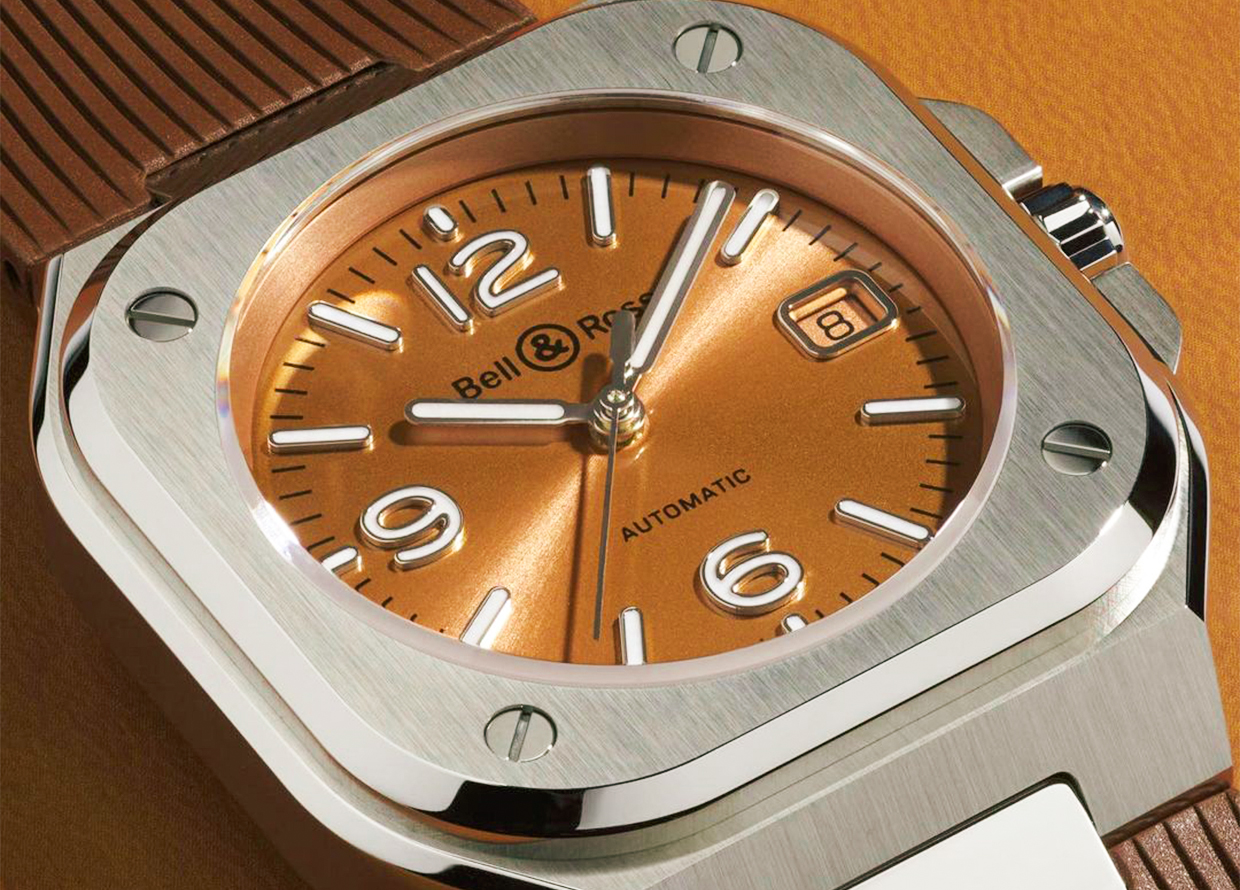
There is no doubt that the art of watchmaking is the ultimate expression of sophistication and fine craftsmanship. The immense amount of labour and high-grade parts involved in creating each piece is unrivalled—all to ensure that these timepieces are of the highest standard. More significantly, they can withstand the test of time and be passed on from one generation to another.
How well do you know your watch, though? You are probably familiar with terms such as dial and bracelet, but do you know what a bezel is or where the rotor is located? Before anything, it’s crucial to grasp what goes into building a clock, so you can get the most out of it while also admiring its artistry. If you’re still puzzled, have no worries because you’re in for a treat! Read on to learn more about all the essential components required to build a designer timepiece.
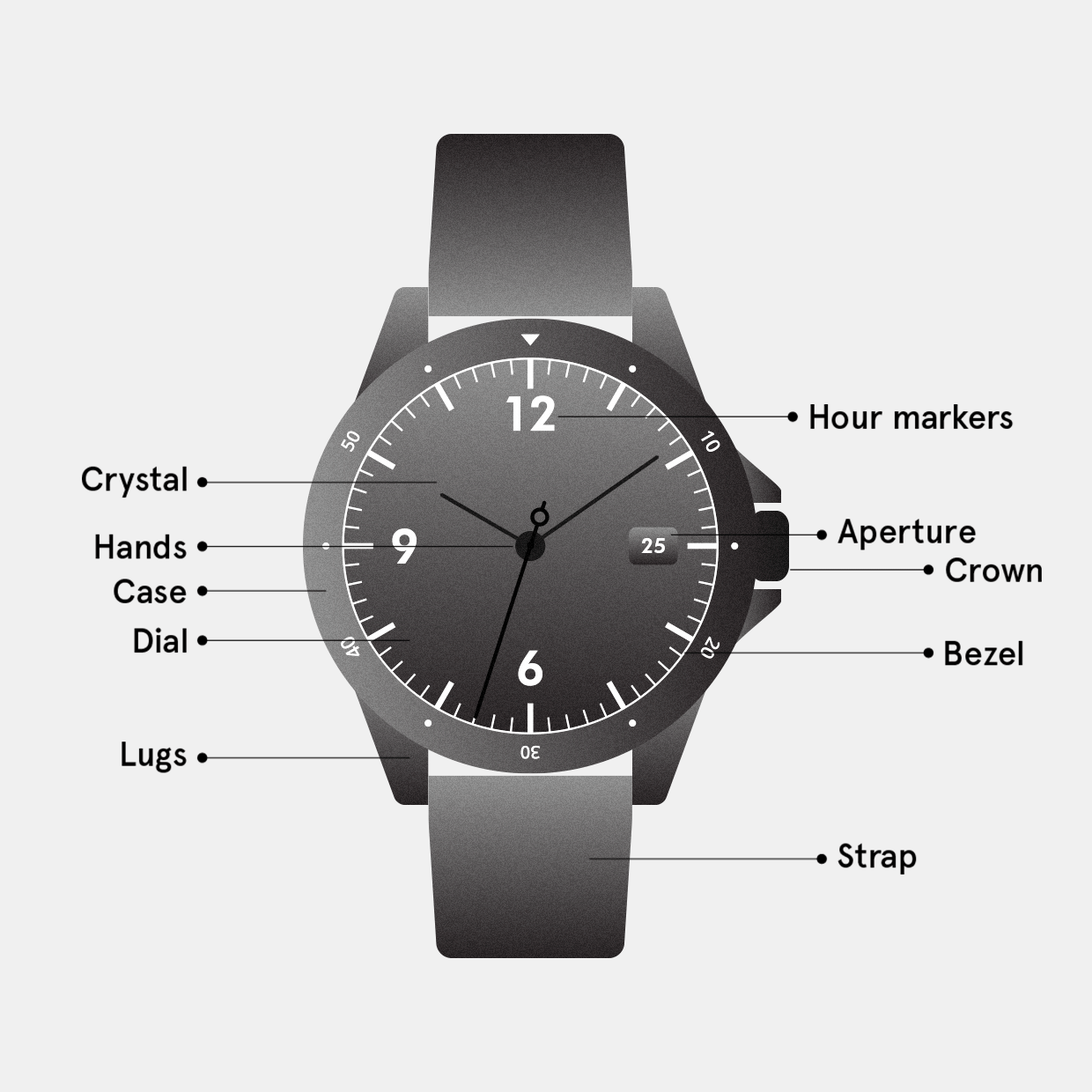
The main component of the watch is the dial, which is commonly known as the face. It indicates the time in addition to any other details that the watch is meant to offer to the wearer. For instance, the aperture appears adjacent to the 3 o’clock position. Think of it as a window that reveals the day, date, month, or any other pertinent information.
And, of course, a watch isn’t a watch unless it has hour markers. Arabic numerals (numbers from one to 12) and are often used by watchmakers in several forms. In the Jaeger-LeCoultre Reverso Classic Monoface, each hour marker is numbered from one to 12, while the Vacheron Constantin Fiftysix only uses even numbers.
Before Arabic numerals, Roman numerals were often used, and they essentially employed letters based on the ancient Roman system, as seen on the Cartier Tank Must and Longines Record. Alternatively, there are long and thin hour markers, spotted on Zenith Elite, and round hour markers, which are a hybrid of arrow and baton markings like those that adorn the Tudor Black Bay.
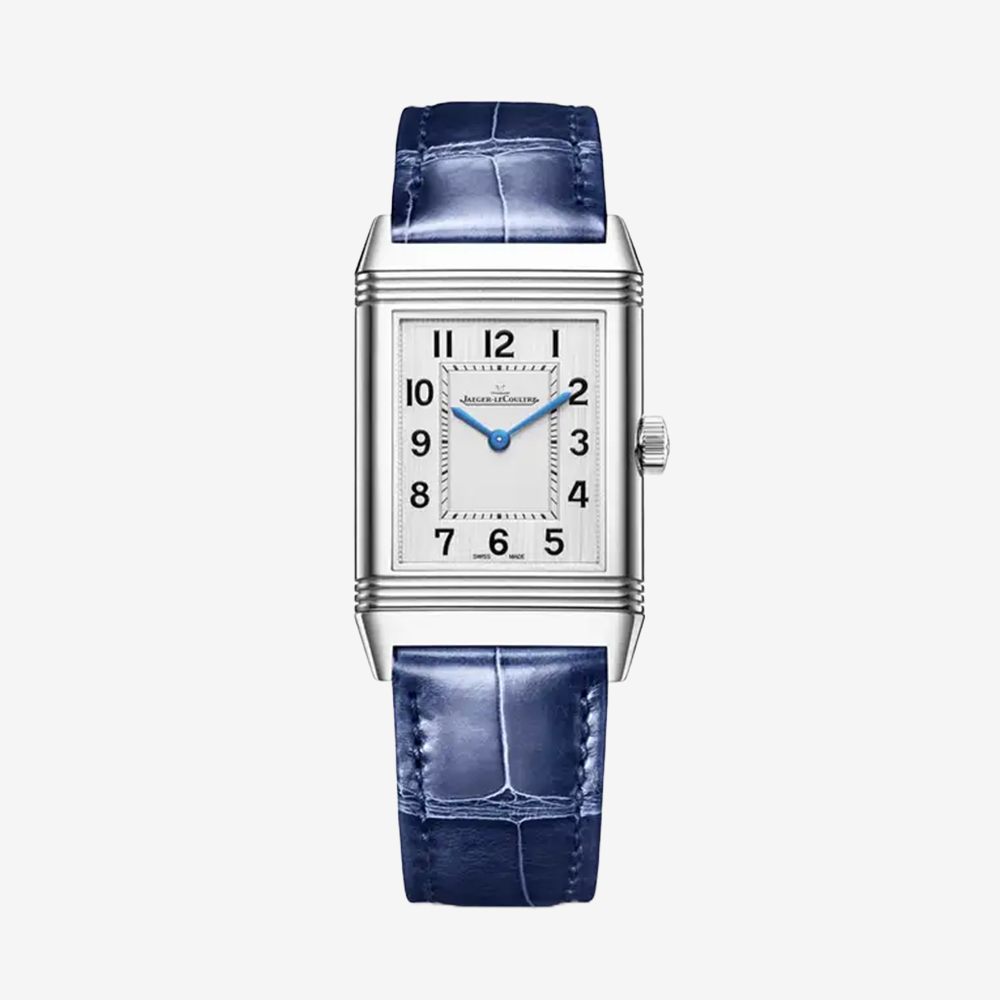
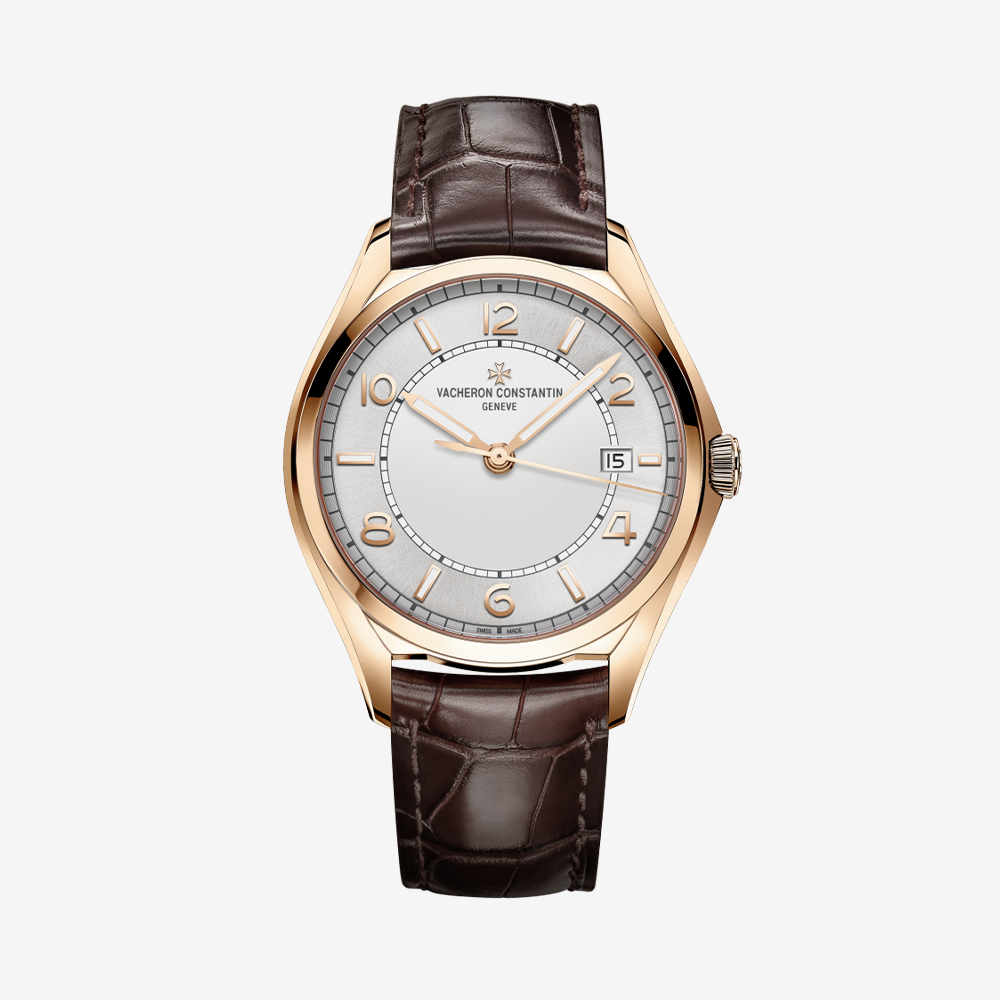
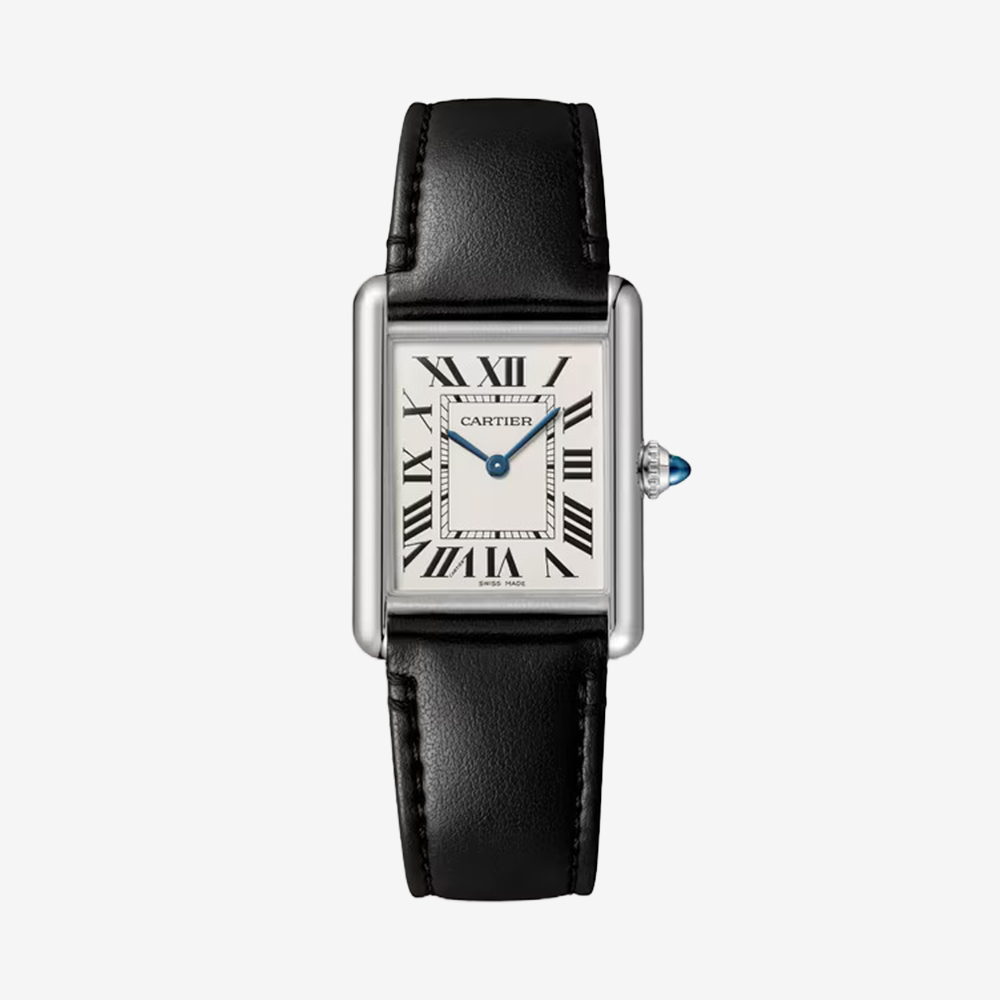
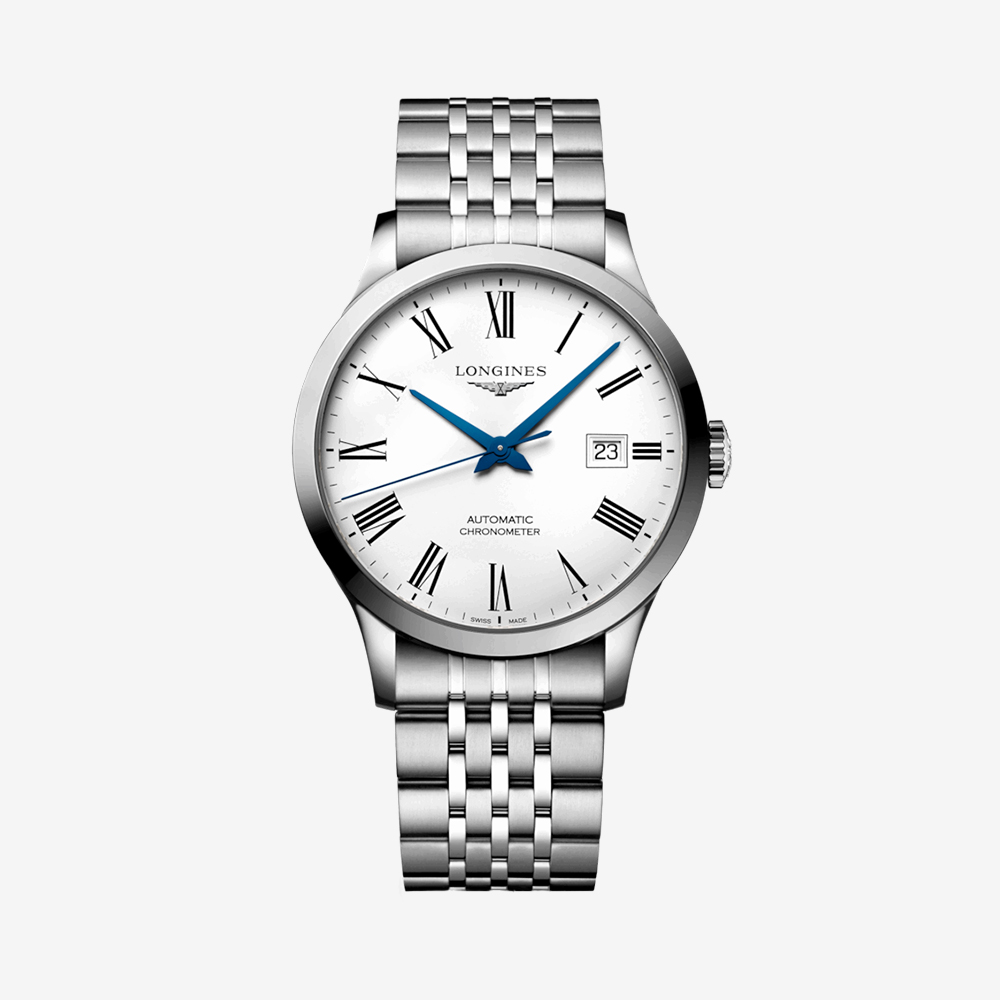
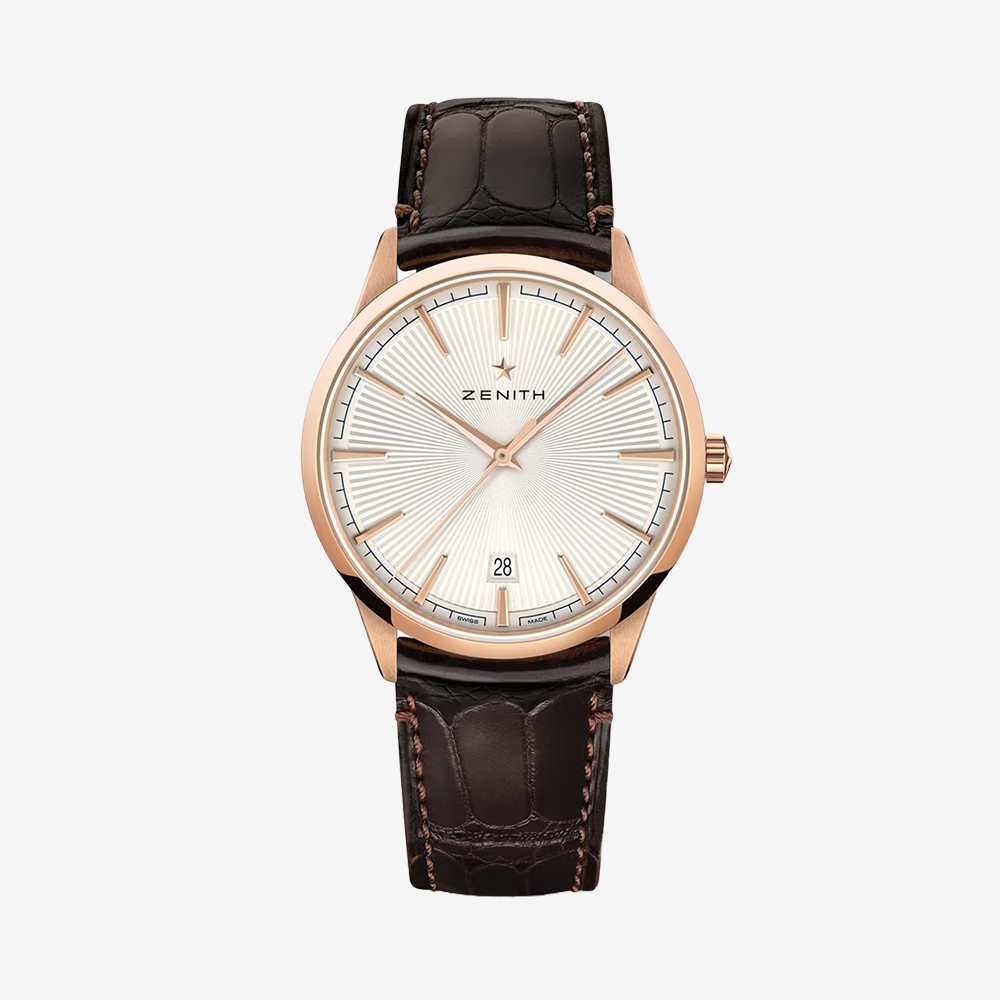
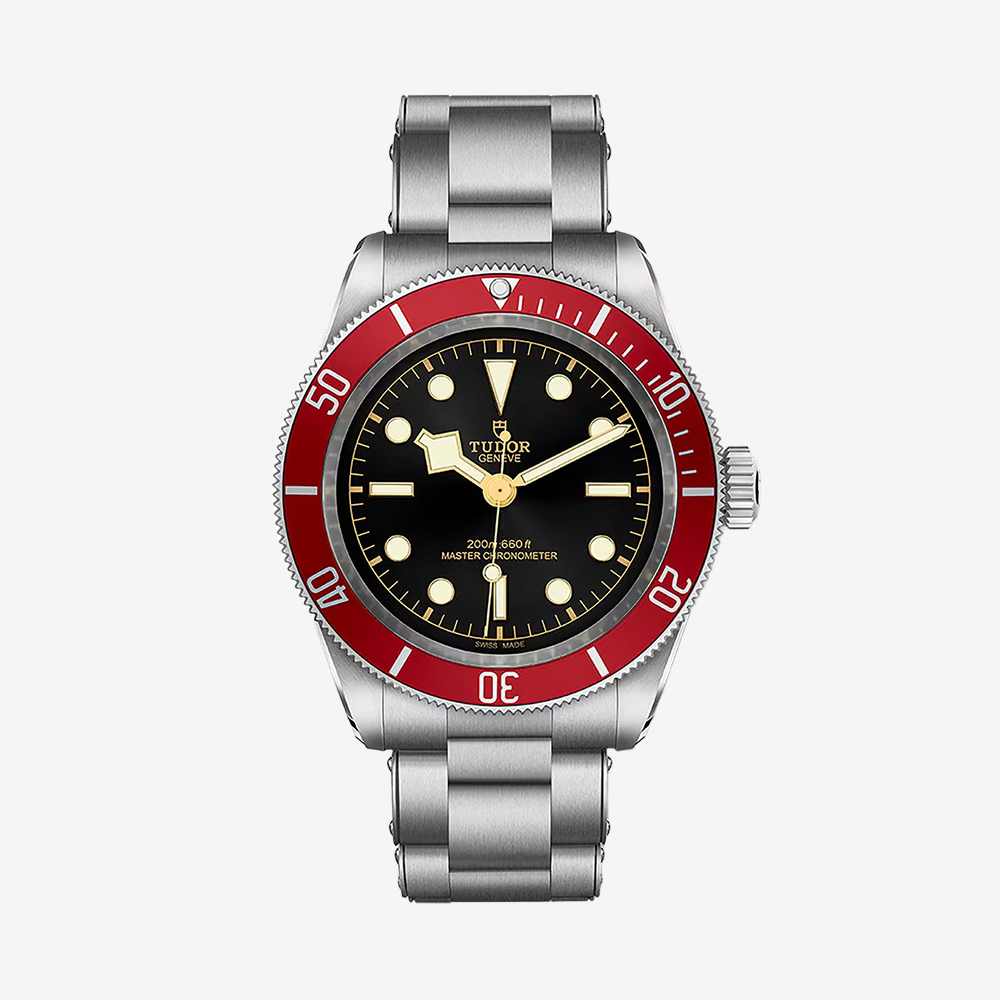
Moving on, the hands are what moves across the dial and tell the time by pointing to the hour markers. Most timepieces have an hour and minute hand, but some can go above and beyond by including a second hand.
Following that, we have the case that houses the dial and movement. It also serves to protect the watch from external impacts. Something to keep in mind is that these casings can be made using various metals and come in several shapes, such as round, oval, and square. This matters because it lends the watch a unique identity.
On the other hand, the ring that encircles the dial and holds the watch crystal in place is known as a bezel. One of the most common ones is the timing bezel, which can be found on diving watches like the Omega Seamaster Diver. The scales on such a bezel are used to keep track of dive time and are typically marked from zero to sixty, which indicates the minutes in an hour.
There’s also the GMT bezel, which is inscribed with 24-hour markers that align with any timezone. The bi-directional rotating bezel on the Bell & Ross BR V2-93 GMT, for instance, allows the wearer to read a second time zone with its prominent red arrow. It’s useful as well that the bezel is separated by different colours to distinguish between night and day hours, with the grey region representing daylight and the blue region representing nighttime.
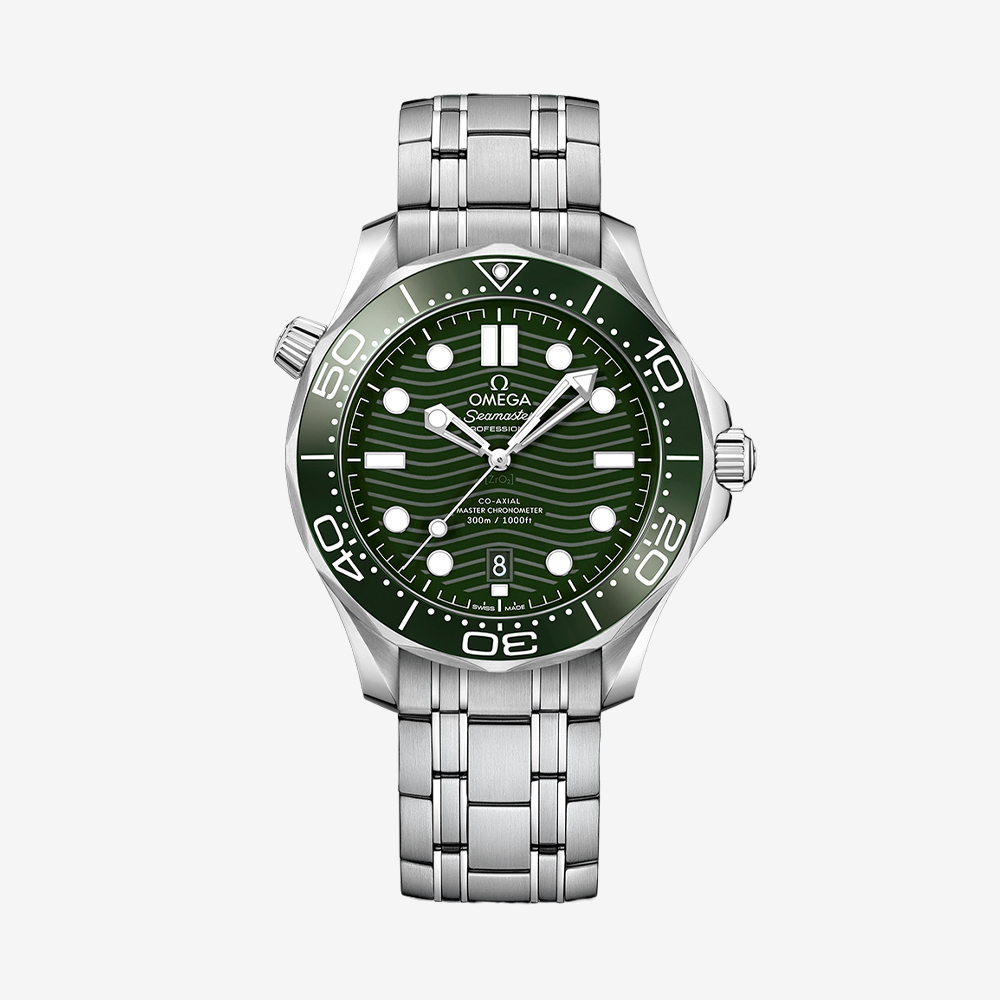
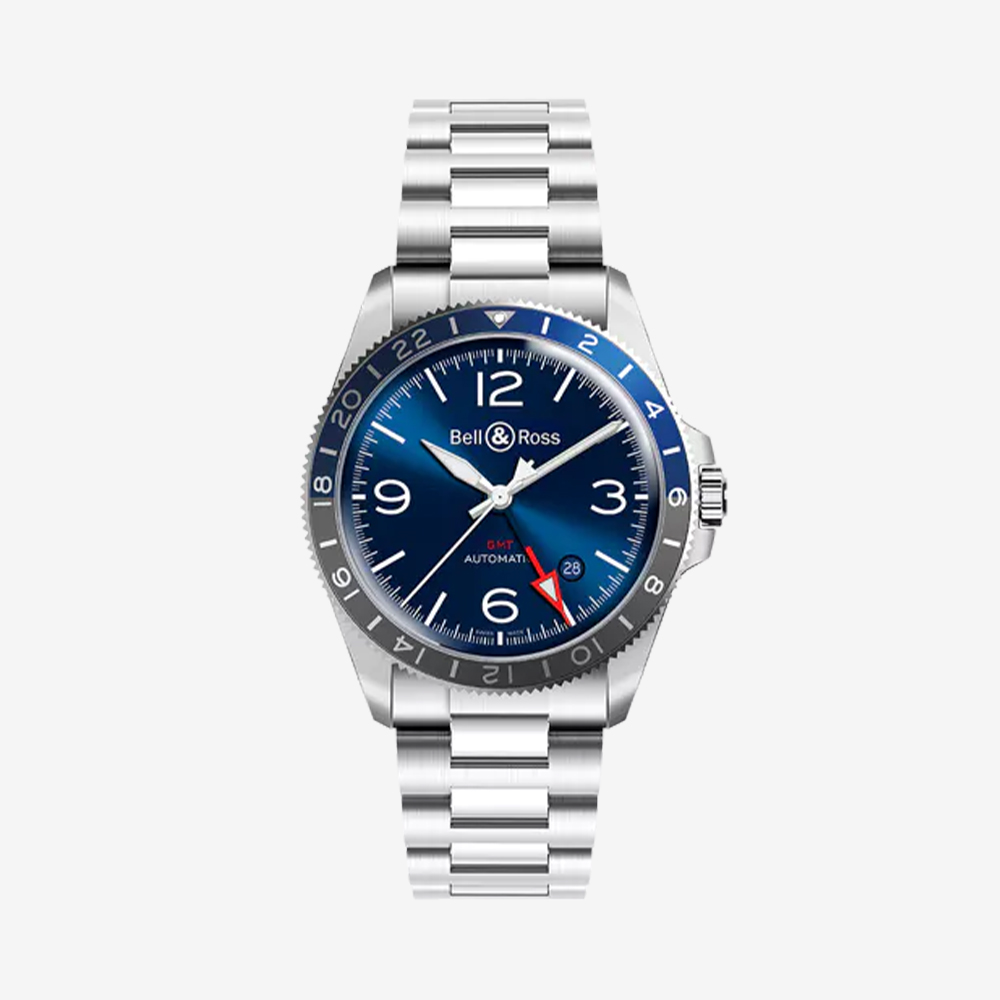
Then there’s crystal, which refers to the glass that shields the interior from dirt, dust, water, and other elements. Among luxury timepieces, sapphire crystal cases are prominent, and for good reason: they are exceptionally transparent and, even more important, resistant to scratches. What’s more, they are coated with an anti-glare coating that inhibits light reflection and improves watch readability.
While we’re on the subject of the watch’s exterior, a quick peek to the right side will unveil the crown. This ‘tiny knob’ is your watch’s command centre, where you can make modifications anytime something isn’t quite right. For example, you can wind up the mainspring and supply power to movement by spinning it clockwise.
Aside from that, lugs—tiny metal bits that join the watch case to the straps—can be observed if you look closely. These extend from four places on the watch case and let the strap be attached to the case.
You should know what a strap is by now, but if you don’t, it’s another crucial element that keeps your watch on the wrist where it belongs. Straps are available in a variety of materials, but the most prevalent are polished steel, rubber and leather.

On the back of the watch, you’ll find the movement, also known as the calibre. It acts as the engine that powers the hands and any complications such as the chronograph, date or day-of-week indicators, annual calendar, and dual time zone. Simply said, your watch relies on it or it won’t run at all.
The rotor is the oscillating weight found in automatic timepieces and it freely rotates as you move your wrist. Any movement you create will wind the mainspring and keep the watch ticking without having to manually wind it.
Finally, there’s a caseback that covers the interior’s components. While a closed backplate with a sturdy screwed-down is common, a handful of luxury watchmakers have opted for an open backplate known as an exhibition caseback, which allows you to observe the movement through the glass.
For more articles on timepieces, click here.
| SHARE THE STORY | |
| Explore More |



